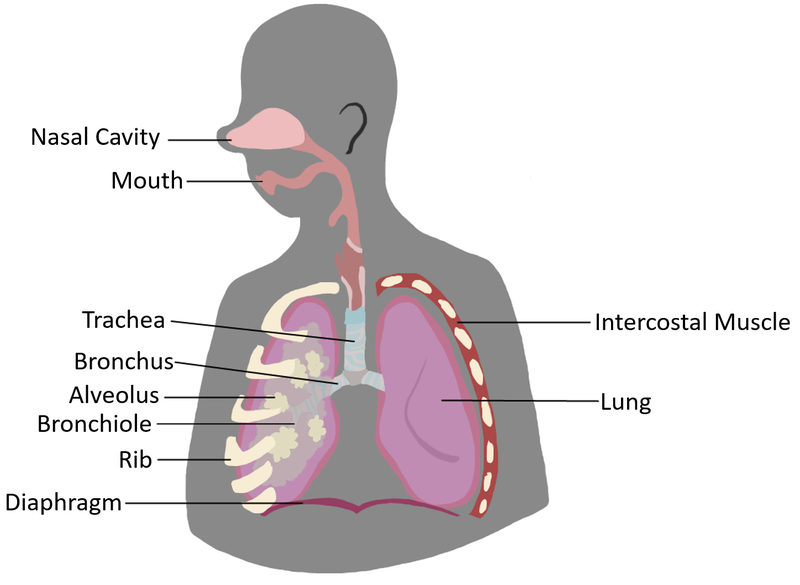Narcosis Apparatus And It's Parts Presentation
| Introduction to Narcosis Apparatus | ||
|---|---|---|
| The Narcosis apparatus is a device used in medical and research settings to deliver anesthesia to patients during surgical procedures. It consists of several key components that work together to provide safe and effective anesthesia. Understanding the different parts of the Narcosis apparatus is essential for healthcare professionals involved in anesthesia administration. | ||
| 1 | ||
| Anesthesia Machine | ||
|---|---|---|
| The anesthesia machine is the main component of the Narcosis apparatus. It delivers a precise mixture of gases, including oxygen and anesthetic agents, to the patient. The machine ensures the delivery of a safe and controlled flow of gases. | ||
| 2 | ||
| Breathing System | ||
|---|---|---|
| The breathing system is responsible for delivering the anesthetic gases from the anesthesia machine to the patient's lungs. It consists of various components, including breathing tubes, connectors, and valves. The breathing system ensures that the patient receives the appropriate concentration of anesthetic gases. | ||
| 3 | ||
| Vaporizers | ||
|---|---|---|
| Vaporizers are essential components of the Narcosis apparatus that convert liquid anesthetic agents into a vapor. They accurately control the concentration of anesthetic gases delivered to the patient. Different types of vaporizers are available, such as variable bypass, measured flow, and temperature-compensated vaporizers. | ||
| 4 | ||
| Ventilator | ||
|---|---|---|
| The ventilator is responsible for providing mechanical ventilation to the patient during anesthesia. It delivers controlled amounts of oxygen and anesthetic gases to the patient's lungs. The ventilator ensures proper oxygenation and ventilation throughout the surgical procedure. | ||
| 5 | ||
| Monitoring Devices | ||
|---|---|---|
| Monitoring devices are crucial in ensuring patient safety during anesthesia. Common monitoring devices include pulse oximeters, capnographs, blood pressure monitors, and ECG machines. These devices provide real-time information about the patient's vital signs, helping anesthesiologists make informed decisions. | ||
| 6 | ||
| Scavenging System | ||
|---|---|---|
| The scavenging system is designed to remove excess anesthetic gases from the operating room environment. It prevents the accumulation of potentially harmful gases, protecting the healthcare staff and reducing pollution. The scavenging system consists of a vacuum source, tubing, and a collection canister. | ||
| 7 | ||
| Flowmeters | ||
|---|---|---|
| Flowmeters are used to control the flow of gases delivered to the patient. They are calibrated to ensure accurate gas flow rates. Flowmeters are typically color-coded to differentiate between oxygen, nitrous oxide, and other gases. | ||
| 8 | ||
| Anesthetic Circuit | ||
|---|---|---|
| The anesthetic circuit connects the breathing system to the patient's airway. It includes components such as endotracheal tubes, masks, and connectors. The anesthetic circuit ensures the delivery of anesthetic gases to the patient's lungs and facilitates patient ventilation. | ||
| 9 | ||
| Conclusion | ||
|---|---|---|
| The Narcosis apparatus is a complex system consisting of various parts that work together to deliver safe and effective anesthesia. Understanding the function and importance of each component is crucial for healthcare professionals involved in anesthesia administration. Continuous advancements in technology and research continue to improve the safety and efficiency of the Narcosis apparatus. | ||
| 10 | ||
| References (download PPTX file for details) | ||
|---|---|---|
| American Society of Anesthesiologists. (2019)... Gupta, A., & Kumar, R. (2017). Anesthesia Mac... doi: 10.4103/ ijccm.IJCCM_339_17... |  | |
| 11 | ||








